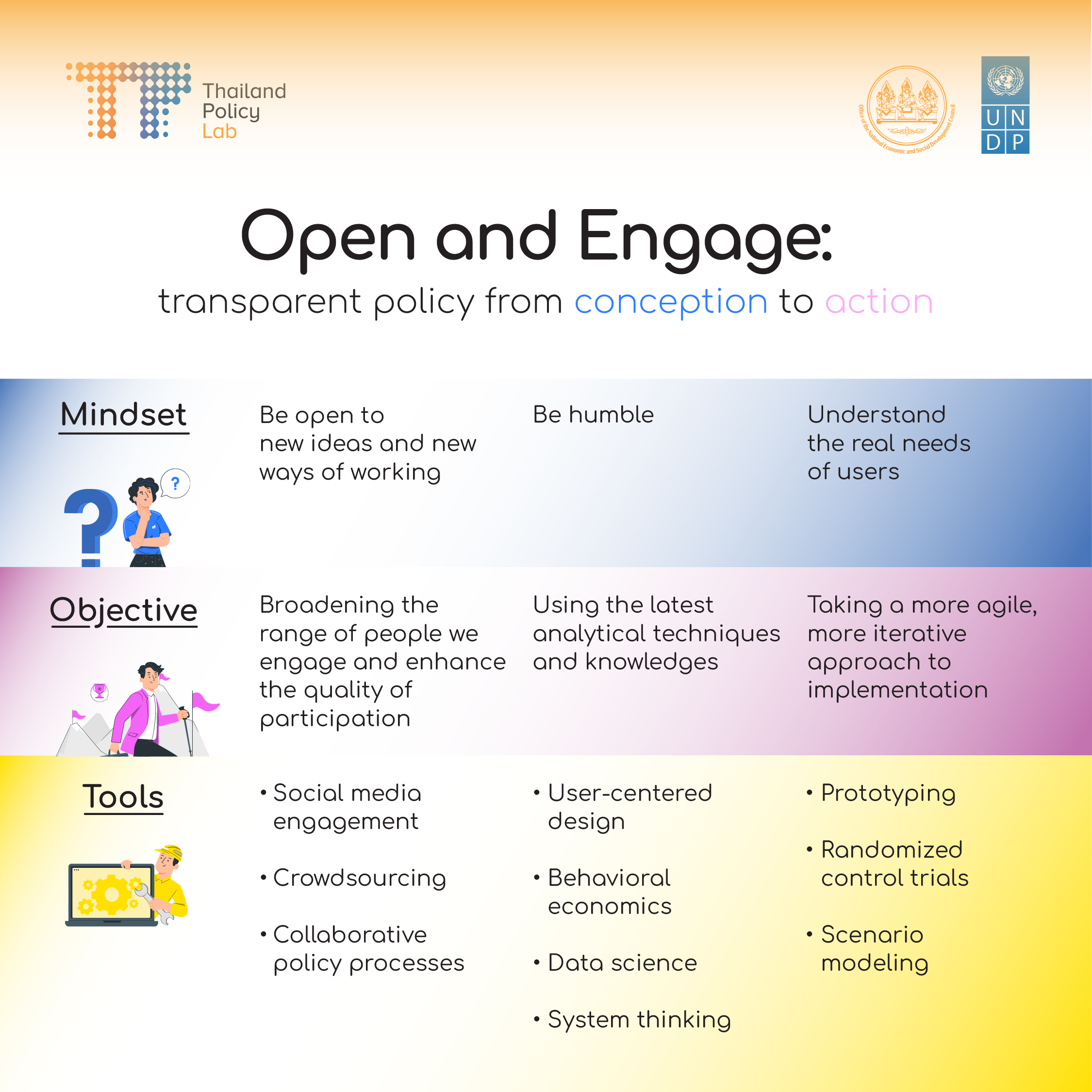In 1989, New Zealand enacted the new Public Finance Act that transformed the country’s public sector management. The reforms backed by this act leave little space for corruption, thanks to an effective accountability system. Previously, New Zealand faced increasing economic pressures, rising interest rates, and a falling dollar. Seeking to improve the efficiency of public spending, New Zealand introduced comprehensive reforms to the entire public management. The endeavor paid off; the economy’s performance returned stronger within two years, and New Zealand ranked among the top least corrupt nations.
Best anti-corruption measure relies on the system, not the people.
Policymakers everywhere recognise transparency–in government activities and thinking–as an effective attenuation against corruption. The more open the government, the less room it leaves for fraudulent actions. Systematic corruption is not all about money; it often arises as collusion between the ruling group and businesses, thus consolidating power among the few while weakening the people’s power. Best practice requires citizen participation in the workings of government, such as policymaking and oversight of public spending. Policymaker’s job is to shine the light on these government activities and facilitate access to information. Such engagement and accountability will protect the people’s interests.
In Ethiopia, a social accountability program works as an intermediary to improve public services such as schools and healthcare centers. Community members did not get involved in this initiative in the beginning. Their low trust in government stemmed from recent political history. Citizens were afraid to criticize the government’s work. It took over three years for the program to empower the people to be involved, increase trust, and feel more comfortable speaking up. While there is no report on decreased corruption, as it is not the program’s target, it has boosted awareness among Ethiopians of the government’s duty to provide good services to citizens.
New setting: Open by Default
A good system begets positive changes, but how can policymakers produce such changes? We need to remember that introducing changes is not easy. Better policymaking should be user-centered, open, and inclusive. The process must involve the public and engage with new knowledge in order to overcome new challenges and changes. No single policy responds to everyone’s needs in all aspects. Therefore, policymakers should adopt new tools to help design policies to improve quality of life.
UK Policy Lab describes three qualities of open policymakers as follows:
Be open to new ideas and new ways of working
Listening to new ideas and engaging people provides policymakers with fresh insights and different perspectives to look at the problem. Design thinking and agile working are some new approaches that help policymakers see the problem from people’s points of view.
Be humble
Collecting a wide range of information is crucial, but it is more important to be humble about what you know and don’t know. Policymakers must recognise that no one has a monopoly on expertise. If good ideas exist, policymakers’ duty is to search for them. Be prepared to discover that your ideas may not work and be open to others’ suggestions. This iteration helps you see the problem from different points of view and understand the people whom the public policy will impact.
Understand the real needs of users
Understanding user needs will help you develop a policy that works for the people it will impact. Start by understanding how people experience the existing policy and what they expect from future policy.
When you are equipped with these mindsets, apply them with the appropriate tools. Remember that Big Data or any innovation are only techniques, not solutions to the problem. Great toolkits that cannot work with the existing system may instead complicate the problem. Your well-intentioned approach may backfire and damage public trust.

